The creature on the side of the road looked like a mixture between a monkey, an anteater, and a raccoon, and it was certainly something I had never seen before. I frantically parked the rental car, grabbed my camera and began taking photos and videos, though there was no rush. The fluffy animal with the bushy tail simply continued with what it had been doing—eating potato chips out of a discarded bag. The white-nosed coati, as I later learned, is a frequent sight in Costa Rica and unafraid of humans.
I was on my way to the Monteverde Cloud Forest Biological Preserve for a two-hour guided tour through this unique ecosystem. Due to its high altitude—some 4,600 feet above sea level—Monteverde receives a steady supply of clouds, hence its name. The moisture, often in the form of fog, catches on the branches of the tallest trees and drips down to the other organisms below.
Birdlife in Abundance
Running a few minutes late due to my encounter with the adorable coati, I was the last one to join a small group of six headed by local guide Christian Chaves. Armed with giant binoculars, our first stop was the hummingbird gallery located close to the entrance of the reserve. It was thrilling to experience these fast birds flutter around me and perching on my hand as they sipped sugared water from a feeder. There are some 51 varieties of hummingbird, ranging in hues from green and blue to red and magenta, and no two birds on my hand looked the same.Walking on the well-maintained trails of the forest, our first highlight was an emerald toucanet, the smallest toucan in Costa Rica. But even with the binoculars it was hard to see the bird, which was perfectly camouflaged in its environment. “I remember eating toucans and other animals when I was five years old,” recalled Chaves, only in his late 20s. “Today, everything is protected.” In 2012, Costa Rica became the first country in the Americas to ban recreational hunting.
Invisible Orchids
After ticking the toucan and quetzal off my “bucket list” for the trip, I was hoping to see a sloth hanging in a tree, but first, it was time to focus on flora and fauna much closer to the ground. Our guide pointed to a tiny flower with a single leaf, not much bigger than the tip of my finger. It was an orchid so small that it could hardly be seen with the naked eye. It is believed that the Monteverde region has the highest diversity of orchids in the world.Creatures of the Night
At around 5:30 p.m. I was picked up at my hotel, joining a group of Australians, Danes, and Germans. On the outskirts of town we stopped on the side of the road and I witnessed the most colourful and breathtaking sunset of my life. Overlooking the lowlands all the way to the Pacific Ocean, the sky changed from light orange to violet red and dark purple in less than 15 minutes. I stood in awe and after initially trying to catch the spectacle on camera, I had to force myself to just stand still and capture the moment in my memory.Half an hour later, night had fallen over the forest. We were given small torches and instructions to remain on the track and be as quiet as possible. After only five minutes of walking we heard the rustling of leaves and the faint light of our torches shone on a family of raccoons. The group of one adult and four to five babies was accompanied by a coati.
The forest appeared mysterious in the dark. We found many birds resting in the trees, such as a green toucanet, a thrush, and a couple of turkeys, but I also saw creatures that I had not seen during the day. A yellow pygmy frog sat on a lush leaf and did not dare to move when we congregated around it. Afterward, in quick succession we also observed moths, a bat, and a medium-sized white spider.
“Now, I need you all to be extra quiet and walk on tiptoe as I want you to meet a special friend of mine,” our guide announced. One after another we shone our torchlight into a small, sideways hole in the ground. When it was my turn, my first instinct was to drop the torch and step back. A tarantula about the size of my hand was sitting in the cave guarding “her house.” I’m not a big fan of spiders, but this was a unique opportunity to get up close and examine the hairy creature.
At the end of the walk, we could clearly hear a rustling in the bush again. An armadillo? Maybe even a cougar? Despite much effort, we never found out. And the sloth? That'll also have to wait for another time.

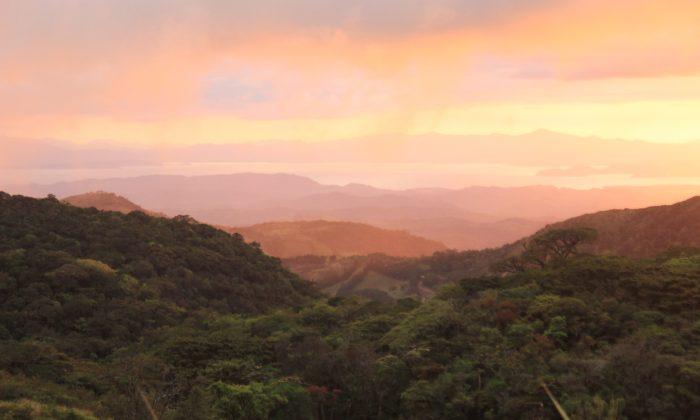
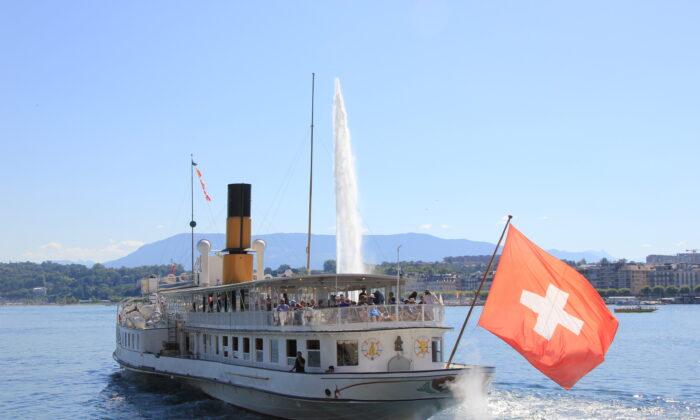
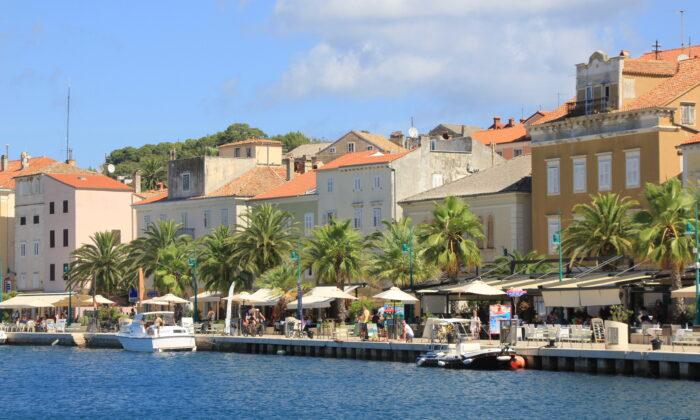
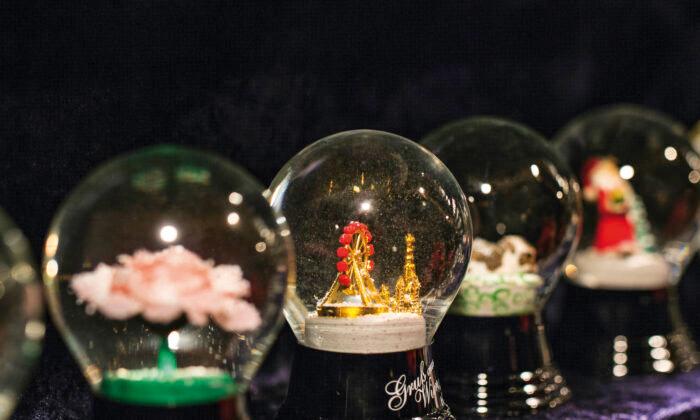
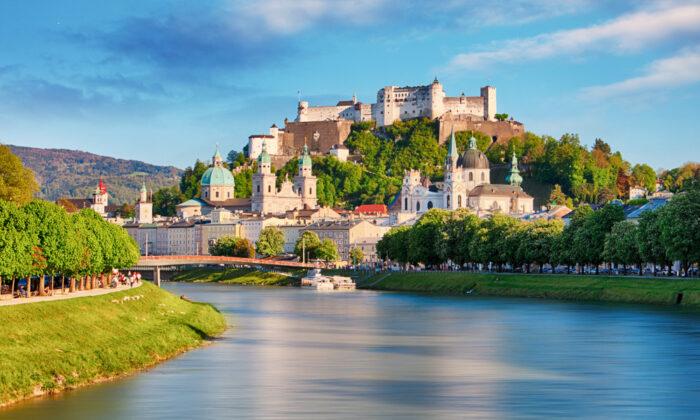
Friends Read Free